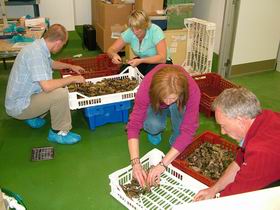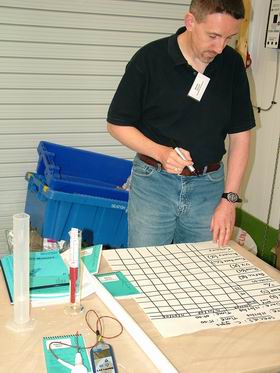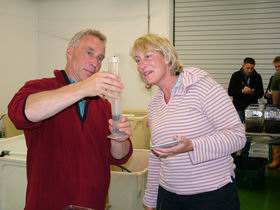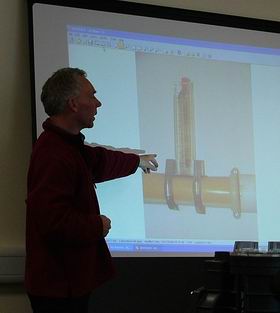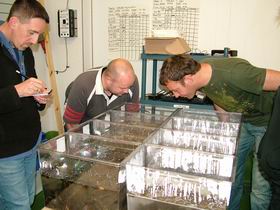|
Participants at the first Bivalve Purification Trainer Training
Course in July 2008 went on to establish two new training centres
in Southern England and Scotland, delivering the .
For
more information on the range of courses click
here
|
||||||||||||||||||||||||
|
||||||||||||||||||||||||

